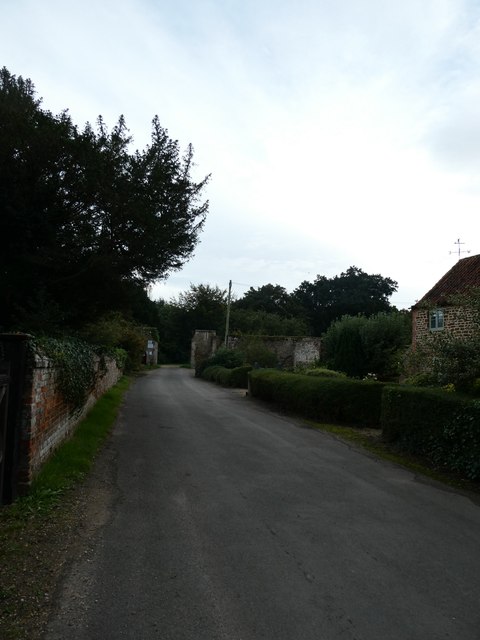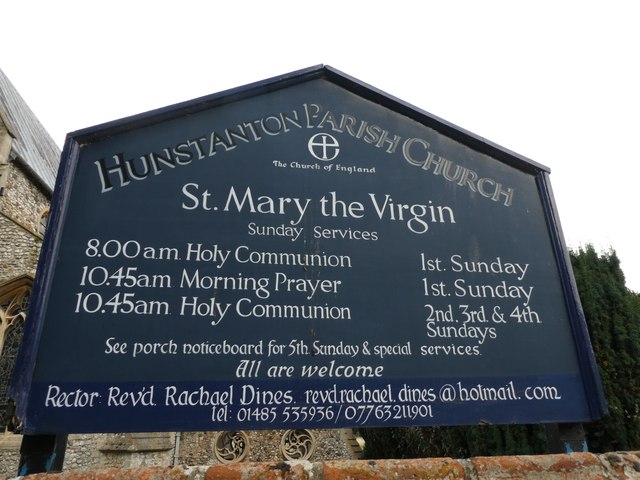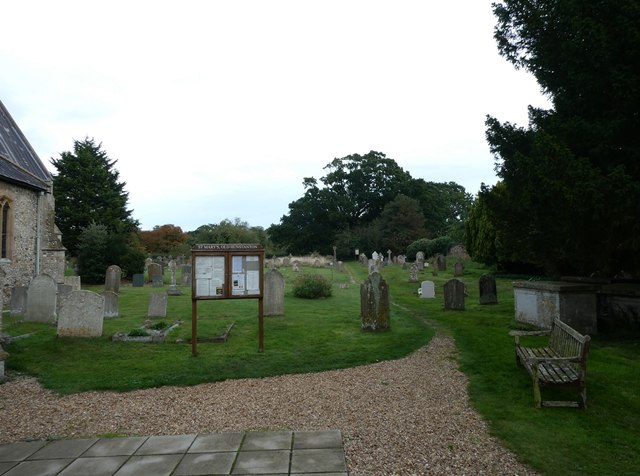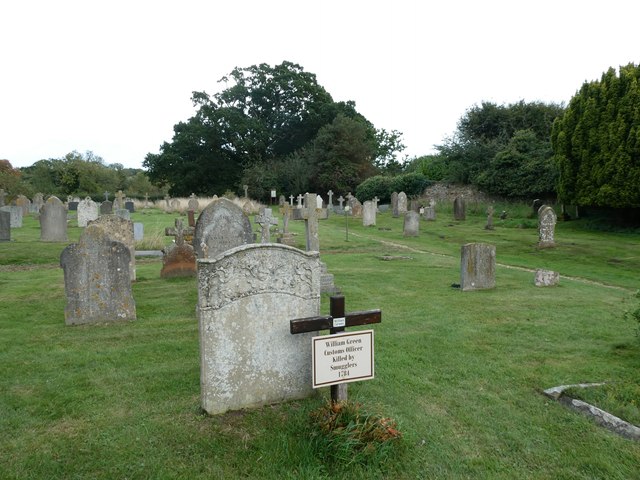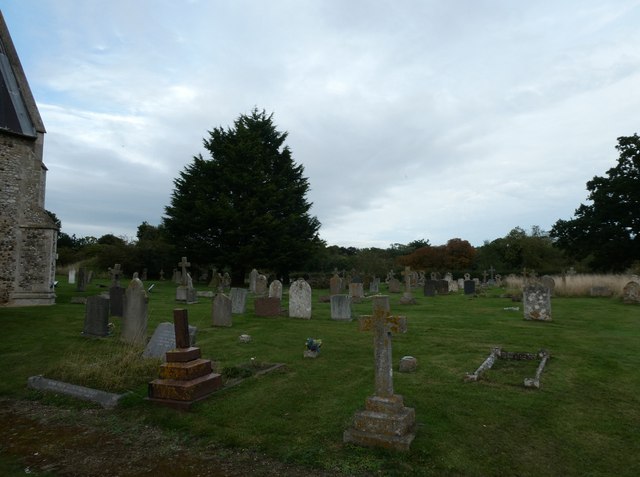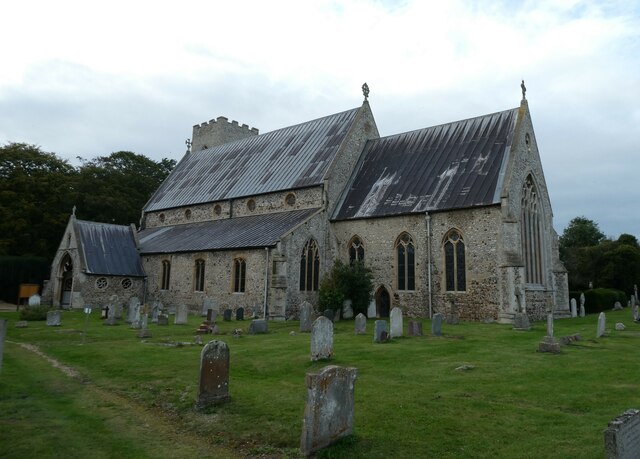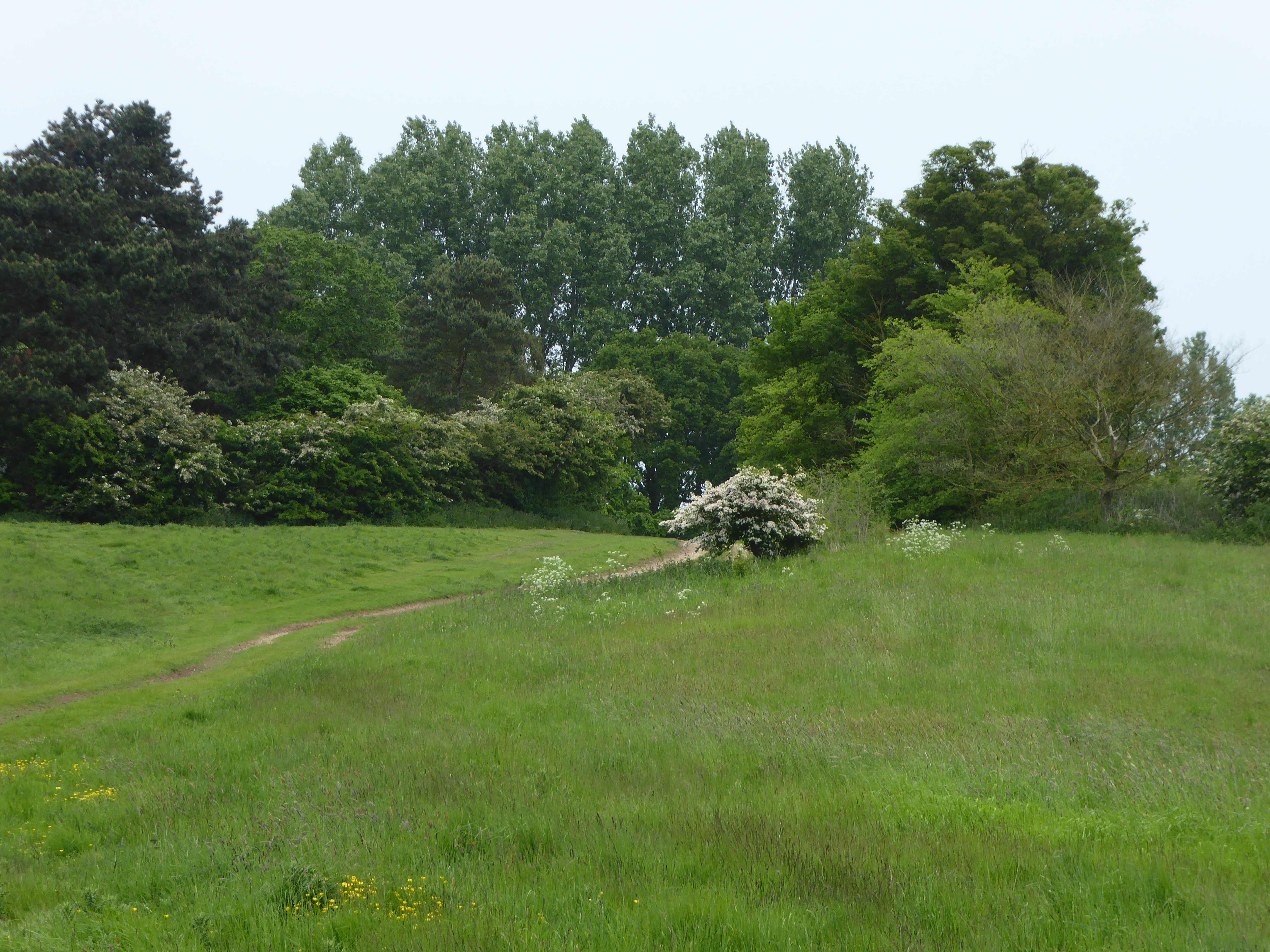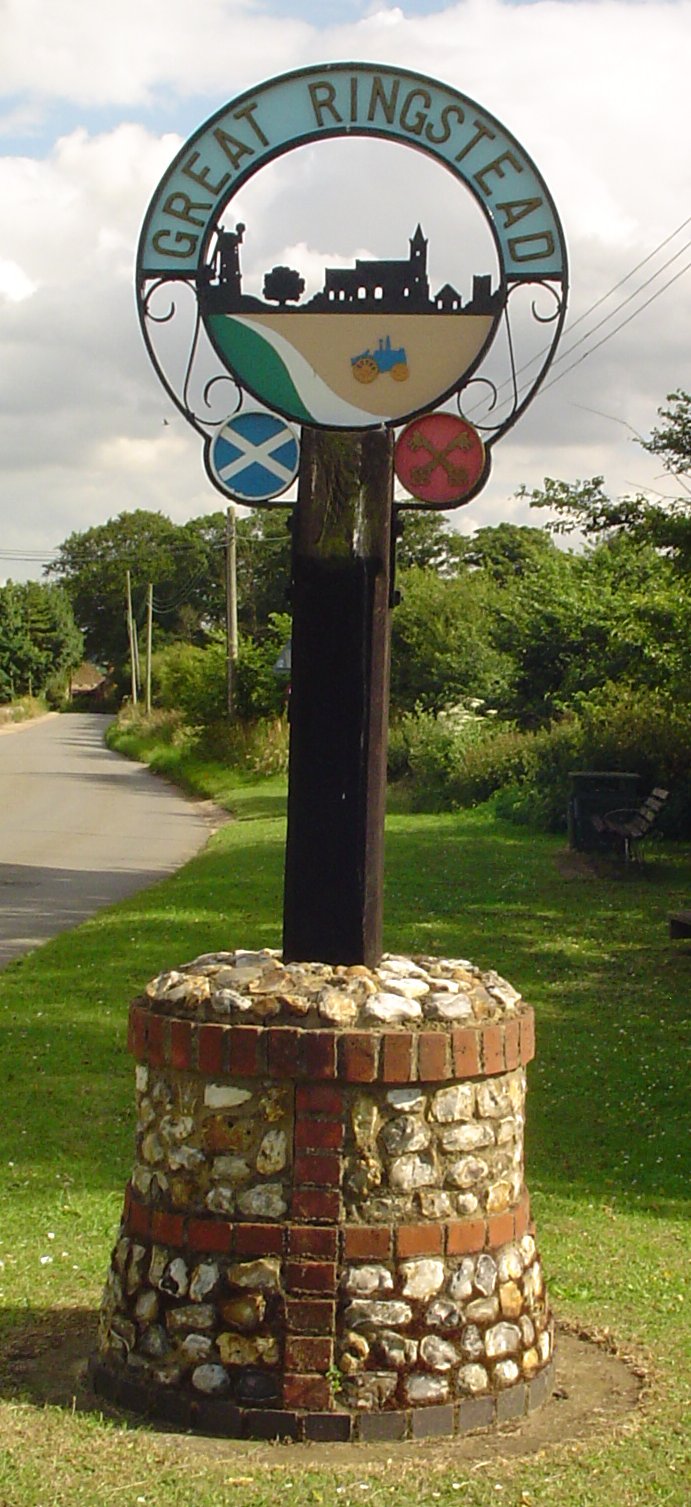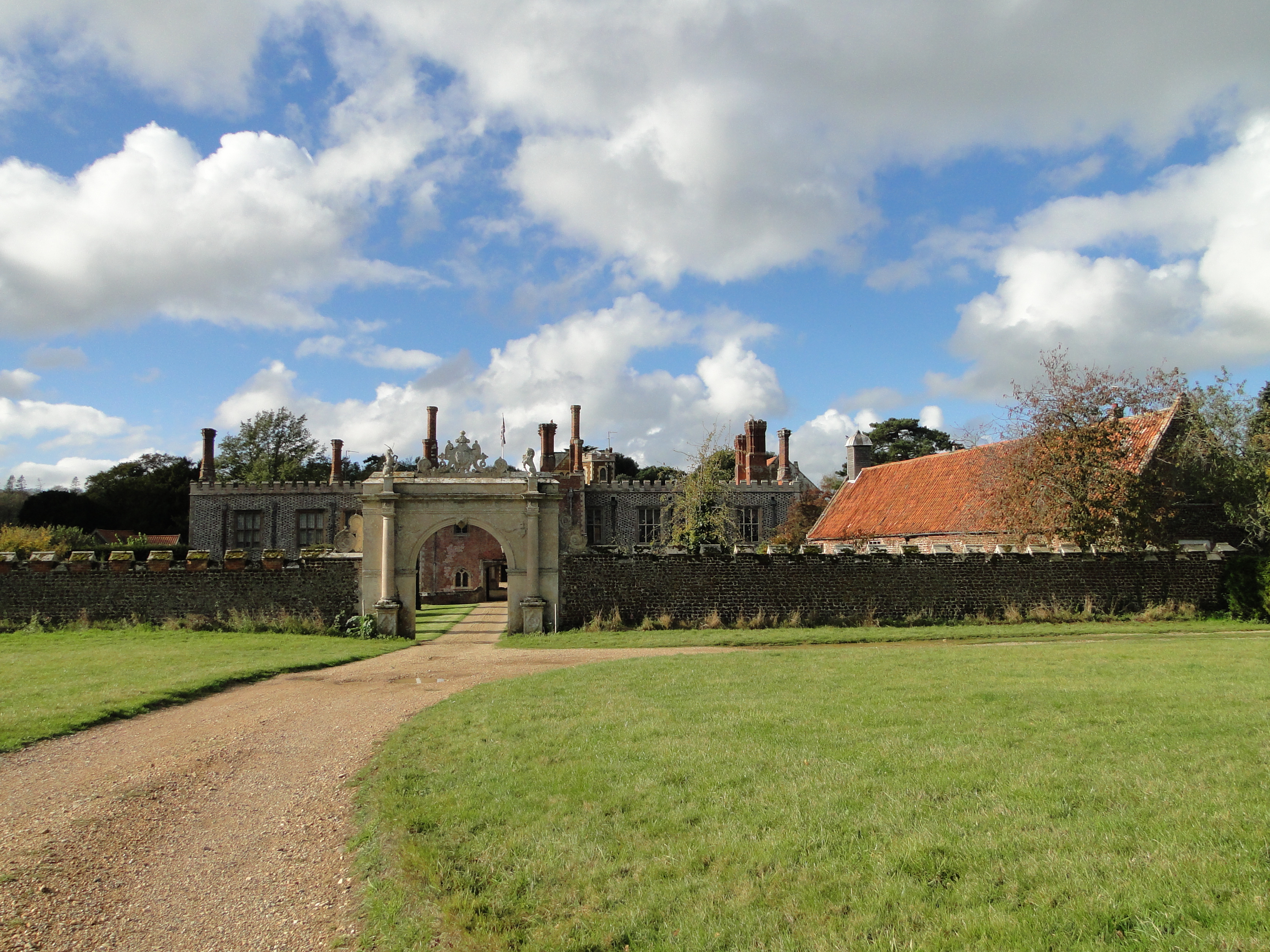Half Moon Plantation
Wood, Forest in Norfolk King's Lynn and West Norfolk
England
Half Moon Plantation
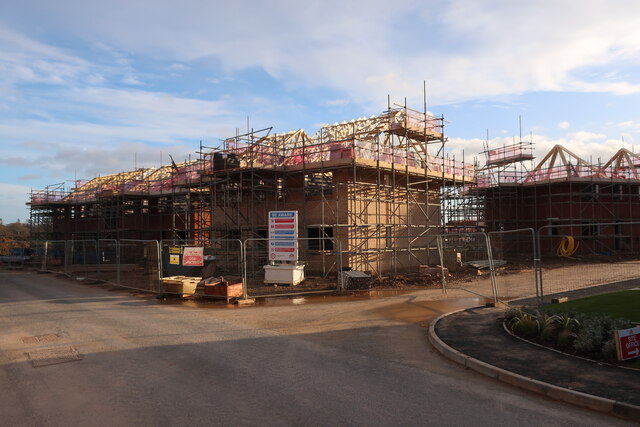
Half Moon Plantation, located in Norfolk, is a picturesque woodland area renowned for its natural beauty and serene atmosphere. Covering approximately 500 acres, the plantation is characterized by its dense forest, towering trees, and diverse wildlife.
The plantation's name, Half Moon, is derived from the shape of the land, which curves in a crescent-like formation, resembling a half moon. This unique topography provides a sense of exclusivity and privacy to the plantation, making it a popular destination for nature enthusiasts and outdoor adventurers.
The woodland area is dominated by a variety of tree species, including oak, beech, and birch, creating a vibrant and colorful landscape, especially during the autumn season. These trees provide a rich habitat for a diverse range of wildlife, including deer, foxes, and numerous bird species.
Visitors to Half Moon Plantation can explore the vast network of walking trails that wind through the forest, allowing them to immerse themselves in the tranquility of nature. The trails cater to all levels of fitness, from leisurely strolls to more challenging hikes, offering something for everyone.
In addition to its natural beauty, Half Moon Plantation also features a charming picnic area, where visitors can relax and enjoy a meal surrounded by the sights and sounds of the woodland. This makes it an ideal location for family outings, gatherings, and even weddings.
Overall, Half Moon Plantation in Norfolk offers a peaceful and idyllic escape from the hustle and bustle of city life, allowing visitors to reconnect with nature and experience the beauty of the local woodlands.
If you have any feedback on the listing, please let us know in the comments section below.
Half Moon Plantation Images
Images are sourced within 2km of 52.935891/0.52361854 or Grid Reference TF6940. Thanks to Geograph Open Source API. All images are credited.
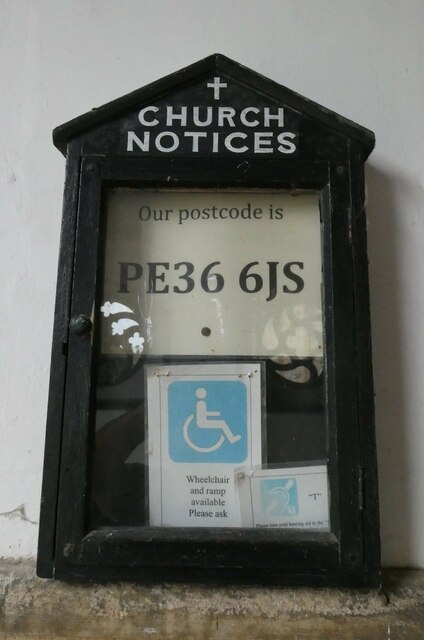



Half Moon Plantation is located at Grid Ref: TF6940 (Lat: 52.935891, Lng: 0.52361854)
Administrative County: Norfolk
District: King's Lynn and West Norfolk
Police Authority: Norfolk
What 3 Words
///agents.trifling.floating. Near Hunstanton, Norfolk
Nearby Locations
Related Wikis
Hunstanton Park Esker
Hunstanton Park Esker is a 17.3-hectare (43-acre) geological Site of Special Scientific Interest east of Hunstanton in Norfolk. The esker extends 1.5 km...
Ringstead Downs
Ringstead Downs is a 6.9-hectare (17-acre) biological Site of Special Scientific Interest east of Hunstanton in Norfolk. It is in the Norfolk Coast Area...
Ringstead, Norfolk
Ringstead is a village and civil parish in the north-west corner of the English county of Norfolk. It covers an area of 11.13 km2 (4.30 sq mi) and had...
Hunstanton Hall
Hunstanton Hall, Old Hunstanton, Norfolk, England is a country house dating originally from the 15th century. The gatehouse, now detached from the main...
Nearby Amenities
Located within 500m of 52.935891,0.52361854Have you been to Half Moon Plantation?
Leave your review of Half Moon Plantation below (or comments, questions and feedback).
